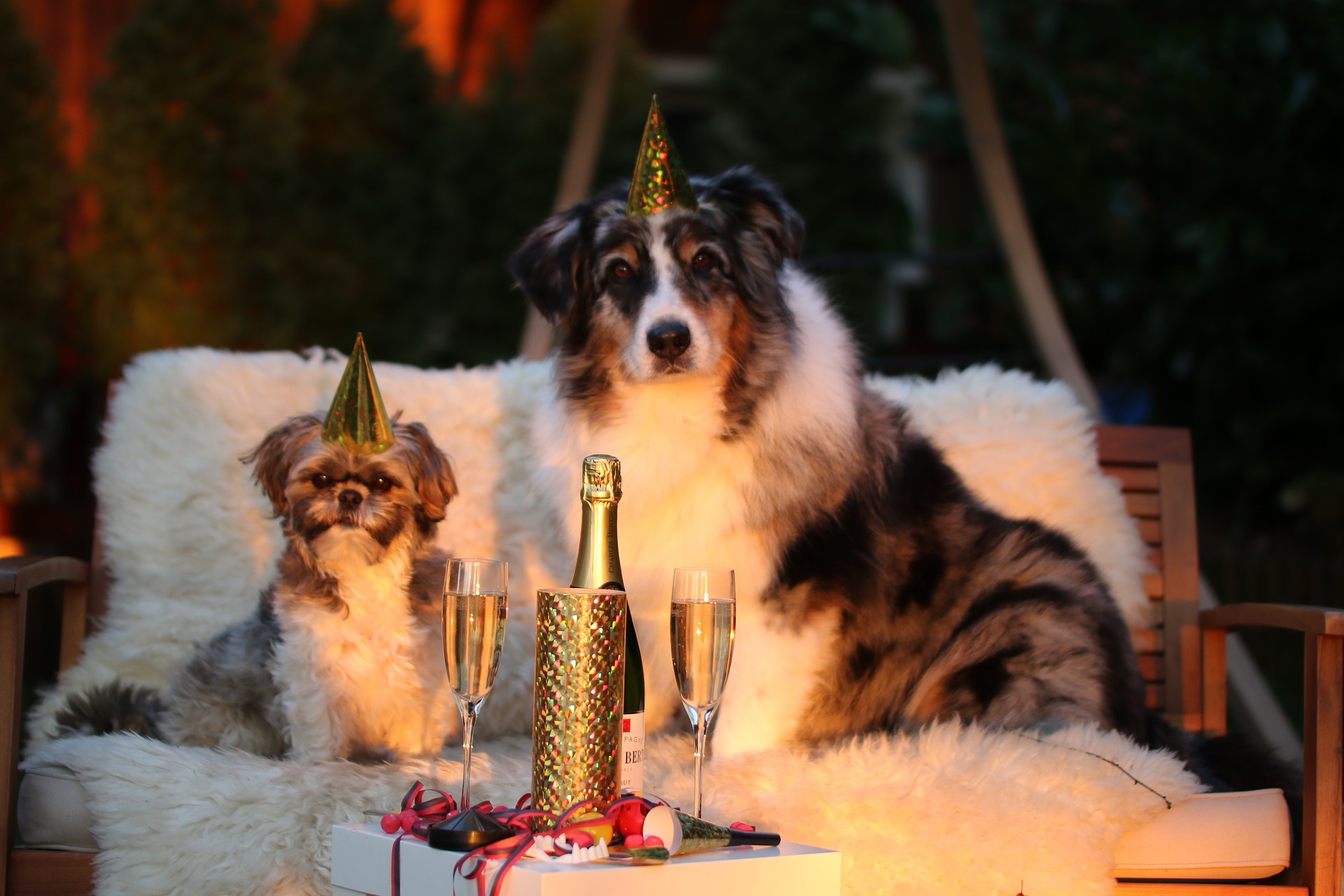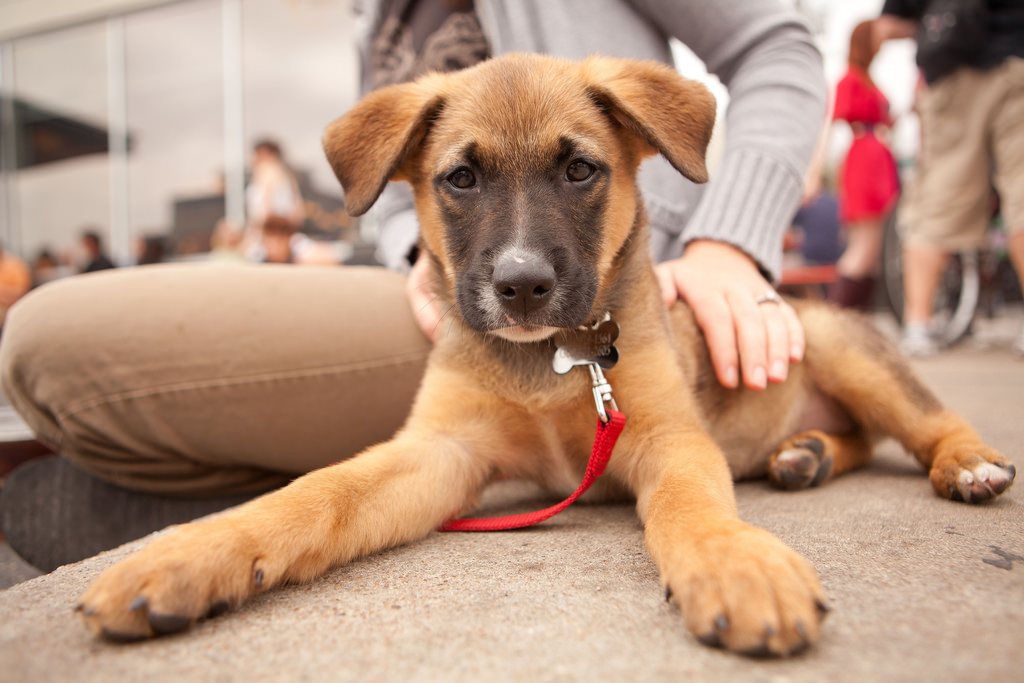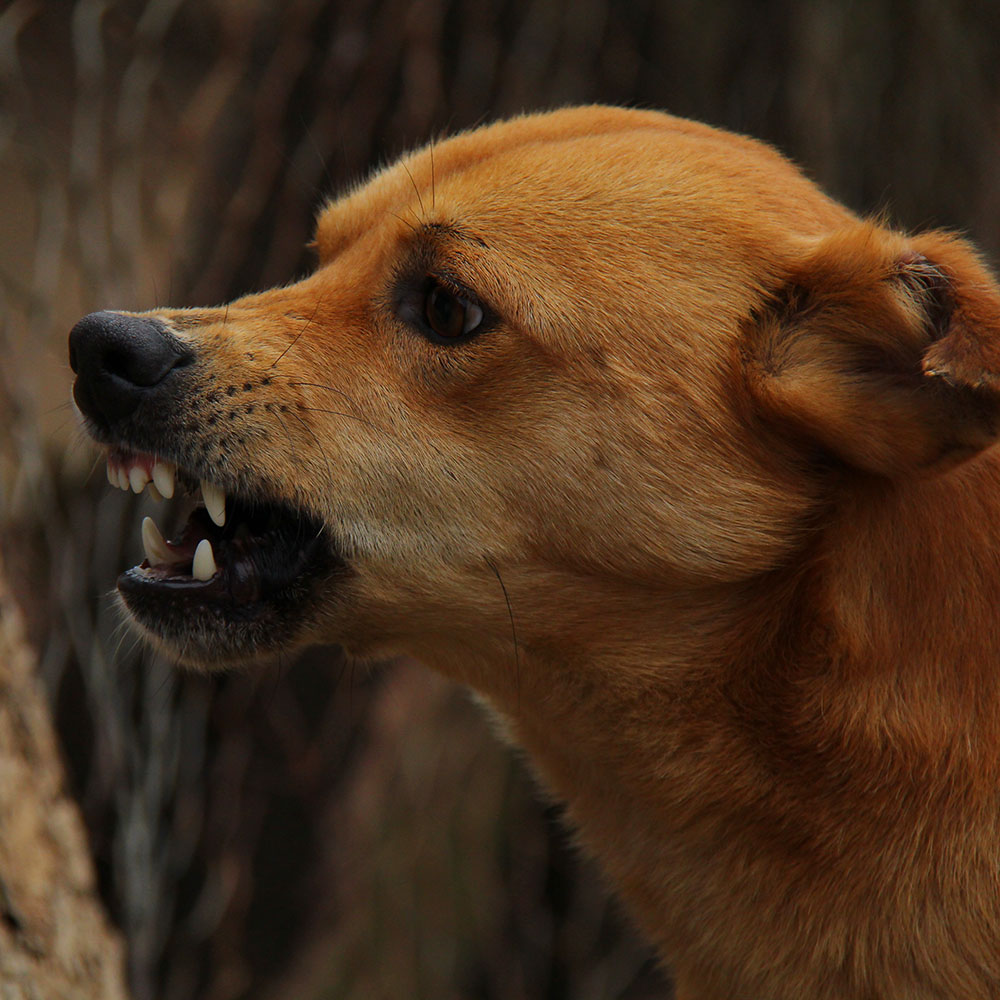
Training your dog to walk beautifully on the lead starts with getting the right equipment. Contrary to popular opinion, there is no one harness that will stop pulling and teach your dog to walk on a loose lead, but making sure your dog is comfortable and secure is an important place to start.
Using body harnesses for our dogs has grown in popularity over the years – they keep our dogs’ necks safe when pulling into the lead which is especially good for young puppies who haven’t yet learned how to walk nicely.
With popularity comes choice, and boy, do we have a lot of choice when it comes to buying a new harness for our dog! Different sizes, styles, materials, colours…
Which Harness Style For Your Dog?
Whilst most manufacturers will have brand-specific features in their designs, we generally have two main walking harness styles: The Y-front and the straight-front (also known as a Norwegian harness).
As the names suggest, Y-front harnesses feature a Y-shaped design on the dog’s chest and straight-front designs feature a single strap running horizontally across the chest.
Y-front harnesses come in a lot of variations, but the predominant design remains the same. This style of harness is favoured by most dog trainers, behaviourists, vets, and physiotherapists since it allows free movement of the dog’s shoulder blades. Y-front harnesses typically have one or two fastening buckles on the dog’s back, although brands like Perfect Fit do offer additional buckles on the neck as well. This can be helpful for dogs that don’t like harnesses that go over their heads.
Most brands offer one or more Y-front options, for example, the Ruffwear Front Range Harness, the Hurtta Casual Y-Harness, the Red Dingo Classic Dog Harness, and many more.
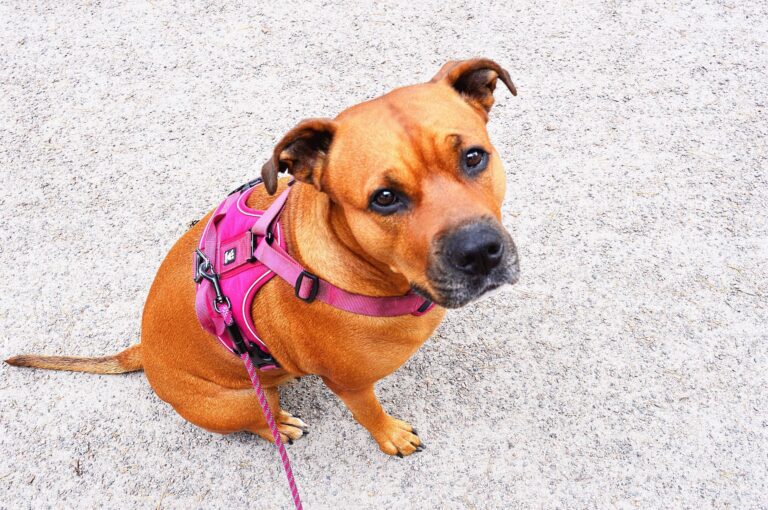
Straight-front harnesses have a bit of a tarnished reputation due to the positioning of the chest strap, but they can be good alternatives for dogs who do not like the feeling of the additional strap between their front leg, or who don’t enjoy pushing their heads through the fairly small neck opening. Straight-front harness feature a much larger head opening than Y-fronts and usually only have one buckle on the dog’s back or side, so are very quick and fuss-free to put on and take off.
This harness style can be a great choice for dogs who are in the process of learning to feel comfortable when wearing a harness.
One of the most common straight-front harnesses we currently see is probably the Julius-K9 IDC Powerharness, but many other brands will offer a straight-front option as well. The Hurtta Casual harness or the Hunter Norwegian Racing harness are other examples.
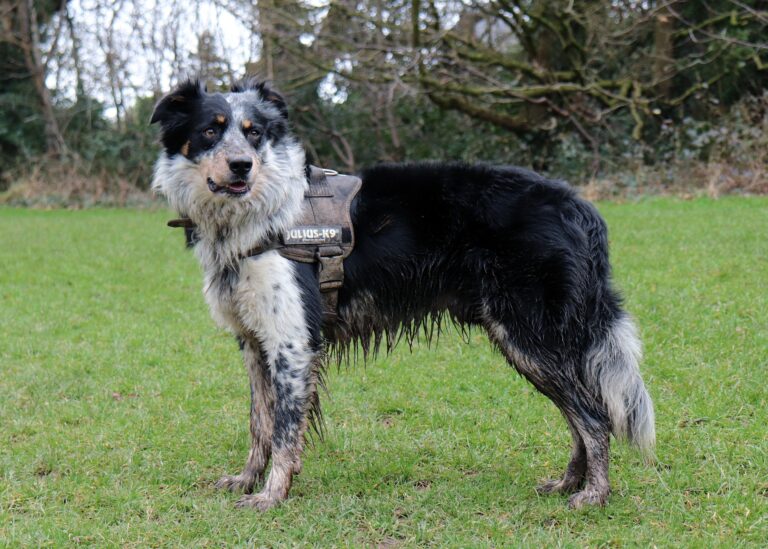
Houdini Hound?
However, if your dog is a bit of a flight-risk – perhaps a new rescue dog, or a dog who is fearful of certain triggers in their environment – a straight-front harness is not the most ideal choice since they are designed to allow a dog to quickly back out of the harness.
Instead, consider an escape-proof double-strap harness for flighty dogs. This style is typically a Y-front harness with an additional tummy strap that fastens behind the dog’s ribcage, thus preventing the possibility of reversing out of the harness when frightened. This style is also brilliant for deep-chested breeds such as Whippets. We love the Ruffwear Flagline harness, but there are quite a few options on the market now.
What If My Dog Hates Their Harness?
Whilst we usually consider harnesses the most comfortable equipment choice, some dogs can find them quite aversive and may avoid having to wear one. We can usually improve a dog’s feelings about wearing a harness by spending some time introducing it gradually with positive reinforcement, but we also recommend checking the harness fit and inspecting for signs of wear and tear every week or two, as ill-fitting or damaged harnesses can chafe, pinch, rub or even cause acute pain.
As your dog grows and develops, they may also change shape and need a different size and fit of harness. For older dogs, there are variations of harnesses that allow you to give extra support and lift your dog’s back end. Our friends at Canine Arthritis Management are a great source of information on equipment for the older dog.
If despite your best efforts your dog still really doesn’t enjoy wearing their harness, consider trying out different styles to see if your dog prefers a different fit, or opt for a collar or even a head collar instead. Every dog has a different preference and it’s okay to choose what your individual dog feels most comfortable in! Do bear in mind that if your dog is a puller, attaching the lead to a collar or headcollar could put severe strain on their neck and back though, so if opting for this, lots of loose lead training (and possibly some expert help!) will be essential!
So, there you have it! A good harness won’t stop your dog from pulling, or cause them to pull, but the right harness for your dog can help them feel happy and comfortable. Happy dogs learn faster and better, so spending the time to find the right equipment for your dog will set your loose lead walking journey up for success!
Author: Christina Wells

